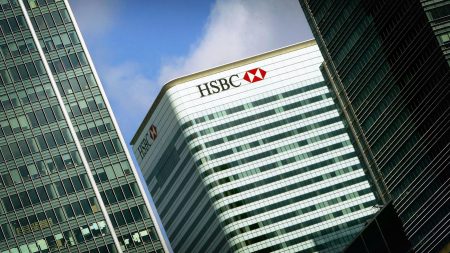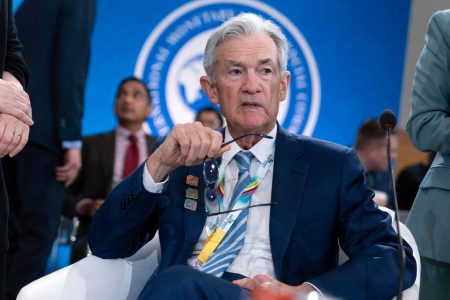In the fall of 2023, the Federal Reserve signaled that rate hikes were finished, leading to a significant stock market rally. However, as inflation data softened, it was widely believed that rate cuts were imminent in early 2024, with March 2024 being the expected timeframe for the first cut. But a reversal in inflation data in January and February pushed back the anticipated rate cut to June, aligning with the Fed’s projections for three total cuts in 2024.
March CPI data indicated a continuation of higher-than-expected inflation, challenging the previous narrative of a seasonal anomaly. Core CPI data revealed accelerating price increases in the three-, six-, and twelve-month periods, creating uncertainty about the inflation timeline. Despite the Fed’s consensus view of three rate cuts in 2024, even a slight shift in sentiment from one or two Fed members could alter the trajectory of rates. Some big banks, including Goldman Sachs, UBS, and Wells Fargo, revised their outlook to just 50 basis points of cuts, with others predicting only a single 25 basis point cut.
Equity markets reacted tepidly to the inflation data, experiencing a modest pullback from all-time highs and an increase in 10-year Treasury yields. Geopolitical tensions and election year uncertainty also contributed to the market’s cautious response. Strong corporate earnings and robust economic data provided reasons for investors to remain in equities, despite the potential delay in rate cuts by the Fed. While there is speculation about whether investors should stay fully invested or follow the lead of big banks in preempting a hawkish Fed, the Fed is cautious about cutting rates too early due to the risk of entrenched inflation outweighing the risk of an economic downturn.
The Fed’s June meeting will provide more data on inflation trends and corporate earnings for the first quarter of 2024, which are expected to be 3.2% higher than the previous year. Strong corporate earnings have historically driven stock market gains, with large-cap companies holding record cash reserves likely to continue investing and increasing dividends. However, smaller cap stocks may continue to face challenges in the current rate environment, despite low relative valuations. Patient investors may eventually see a surge in smaller cap stocks, but the timeline remains uncertain with the fluctuating Fed outlook.
Investors may consider anticipating a potential hawkish Fed revision in June and adjusting their equity exposure accordingly. However, any market pullback is expected to be brief and shallow, given the resilient US economy’s performance. As long as economic data continues to exceed expectations and earnings remain strong, investors may reach a point where Fed policy becomes less relevant, and market focus shifts away from dot plot projections. This could lead to a scenario where investors view Fed policy updates as less impactful on market movements and more as a footnote in financial news.















